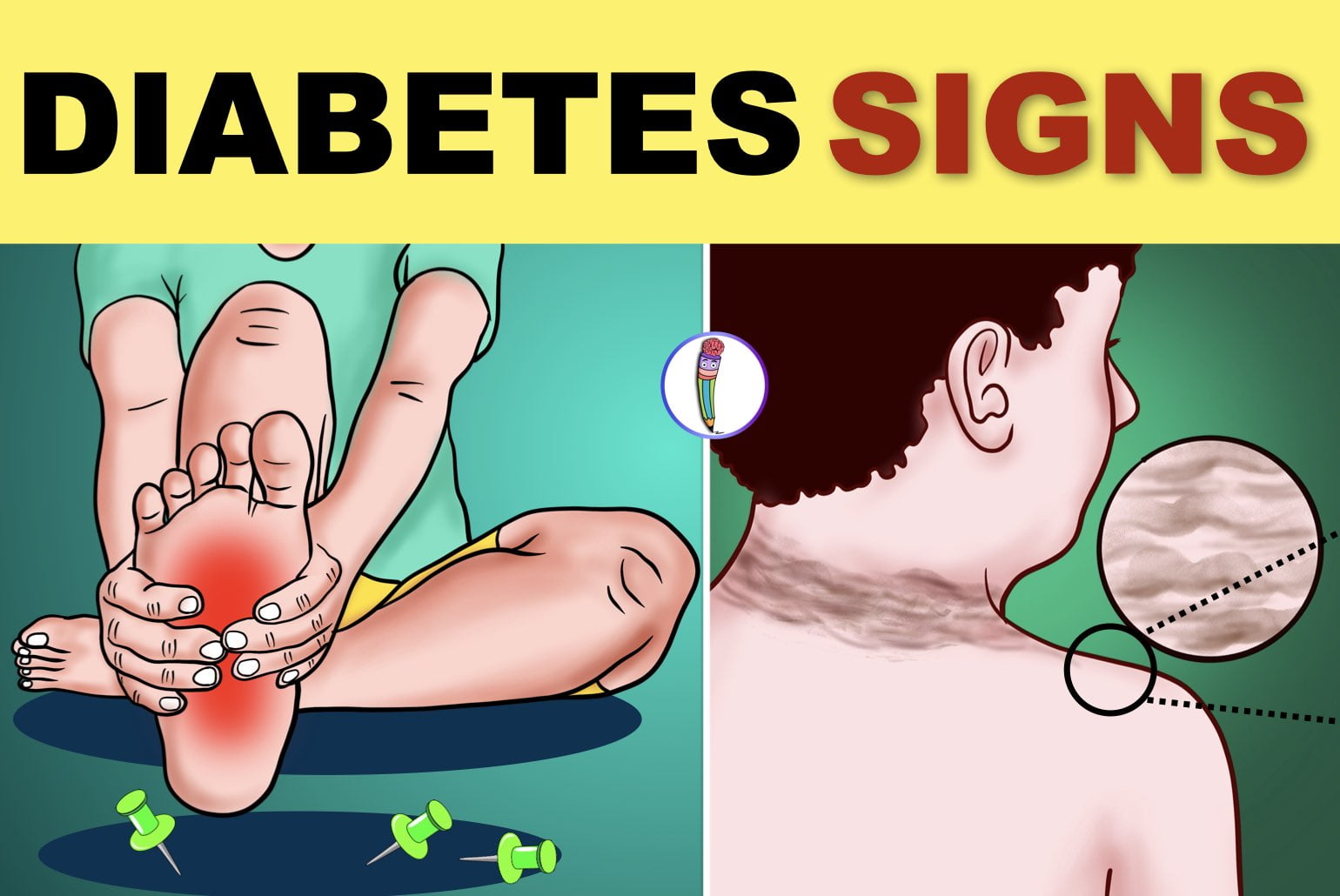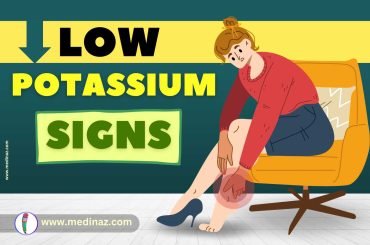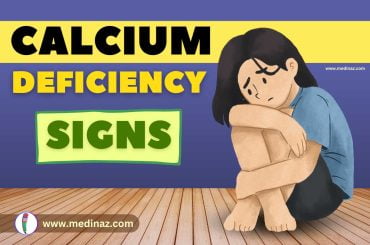Here we have discussed Diabetes Signs and Symptoms & future complications
Table of Contents
What is diabetes?
Diabetes mellitus, also referred as Diabetes, is a chronic (long-lasting) disease that affects how your body turns food into energy.
All the food we eat is broken down into glucose in the blood. Then insulin helps glucose get into the cells. Here, insulin is a hormone made by the pancreas, that helps the glucose from the food we eat pass from the blood stream into the cells in the body to produce energy.
In diabetes this insulin production or sensitivity is affected that ultimately leads to raised glucose levels in the blood.
What are the types of diabetes?
- Type – I: where insulin is completely absent
- Type – II: where either insulin formation decreases, or the body is not responding to the insulin formed.
- Gestational diabetes : Gestational diabetes develops in pregnant women who have never had diabetes
How can you tell if you have diabetes?
- Most early symptoms are from higher-than-normal levels of glucose, which is a kind of sugar, in your blood.
- Both type I & Type II diabetes have some of the same tell-tale warning signs.
- Though, these warning signs may be mild, especially in case of type-II DM, and may go unnoticed.
- In case of type I Diabetes, symptoms usually occur early and are much more severe than type-II.
What are the early signs of Diabetes
Hunger and Fatigue
- The food we eat is converted into glucose, which our cells use for energy. However, our cells need insulin to take in glucose.
- If body doesn’t make enough or any insulin, or if your cells resist insulin, the glucose can’t get into them and you have no energy.
- This can make you hungrier and more tired than usual.
Peeing more often and being thirstier
- A person with diabetes may need to pee a lot more, than an average person.
- Normally, your body reabsorbs glucose as it passes through the kidneys.
- But when the blood sugar goes up, as in diabetes, the kidneys may not be able to bring it all back in.
- This causes the body to make more urine, and that takes fluids.
- This will make you very thirsty, and you will drink more water.
- When you drink more, you’ll also pee more.
Dry mouth & Itchy Skin
- Because the body is using a lot of fluid to make urine, there’s less moisture available for other things.
- This can make you dehydrated, and your Mouth may feel dry.
- And, dry skin can make you itchy.
Blurred vision
- Changing fluid levels in body can make the lens in Eyes swell up.
- The lenses change shape and can’t focus properly.
- This leads to blurry vision.
What are the symptoms of Diabetes
Below mentioned symptoms appear after the glucose level is high for a long time. However, some people with diabetes have symptoms so mild that they go unnoticed.
Fungal or yeast infections:
- Both men and women with diabetes can get these.
- Excess glucose in your body promotes fungal infection.
- And, these Infections can grow in any warm, moist skin fold including:
- Between fingers and toes
- Under breasts
- In or around genital organs.
Slow-healing sores or cuts
- Over time, high blood sugar can affect the blood flow and it may even cause nerve damage.
- That makes it hard for your body to heal wounds.
Pain or numbness in feet or legs
- This is also a result of nerve damage caused by high blood glucose.
Unplanned weight loss
- If your body can’t get energy from the food you consume, then it will start burning muscle and fat for energy.
- This leads to the unwanted weight loss.
Nausea & Vomiting
- When the body burns fat, it makes ketones.
- These ketones can build up in blood to dangerous levels.
- And, these Ketones can make you feel sick.
Gestational diabetes signs and symptoms:
Gestational diabetes typically doesn’t have any symptoms. Detailed medical history, evaluating the risk factors and regular screening will help you diagnose it.
Gestational diabetes can put your baby at risk of:
- Being large (9 pounds or more), which can make delivery difficult and may need Cesarean (C-section)
- Being born early
- Low blood sugar
- Still birth
- Developing type 2 diabetes later in life.
What are the warning Signs of Diabetes Complications
Signs of diabetes’ complications may include:
- Slow-healing sores or cuts
- Itchy skin (usually around the vaginal or groin area)
- Frequent yeast infections.
- Recent weight gain.
- Velvety, dark skin changes of the neck, armpit, and groin, called Acanthosis nigricans
- Numbness and tingling of the hands and feet
- Decreased vision
- Impotence or erectile dysfunction (ED)
Other complications of diabetes are:
- Heart disease and stroke
- Diabetic retinopathy
- Glaucoma
- Cataract
- Chronic kidney disease (CKD)
- Neuropathy
- Gum diseases
- Diabetic Amputation of limbs
A serious complication of prolonged increase in blood glucose is Diabetic Coma
- This serious complication can even lead to death.
- It may occur with either type of diabetes, though it’s more common in type 2.
- It happens when the blood sugar gets too high and your body gets severely dehydrated. Symptoms include:
- Blood sugar over 600 mg/dl
- Dry, parched mouth.
- Extreme thirst.
- Warm, dry skin that doesn’t sweat.
- You may have a High fever.
- Sleepiness or confusion.
- Vision loss.
- Hallucinations.
- And Weakness on one side of your body.
When to visit a Doctor ?
- If you’re older than 45 or have other risks for diabetes, it’s important to get tested.
- When you spot the condition early, you can avoid nerve damage, Heart trouble, and other complications.
- As a general rule, consult a doctor if:
- You feel very sick, weak, and very thirsty.
- You are peeing a lot.
- You have a bad belly ache.
- You are Breathing more deeply and faster than normal.
- You have sweet breath that smells like nail polish remover.
- Sweet breath is a sign of very high ketones.
Takeaway:
Early detection with the help of these diabetes signs and symptoms may help decrease the risk of developing the complications of diabetes and progressing it.
A Visual Learning Platform





